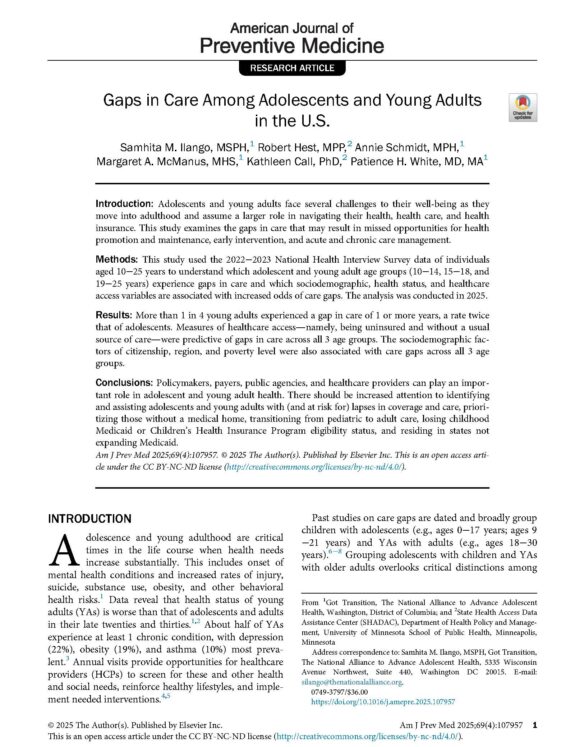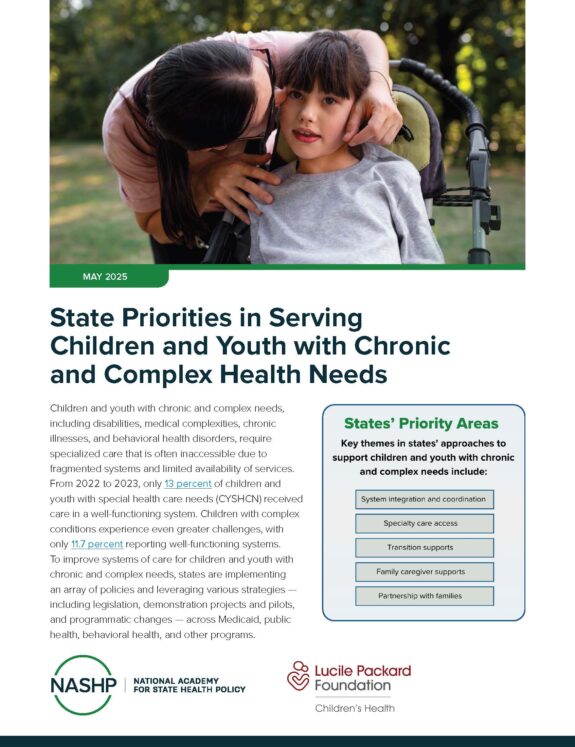The Importance of Community for Care Coordination
In 2000, Robert Putnam, a professor of public policy at Harvard University, raised a clarion call about diminishing social capital in the US. Social capital encompasses the benefits that arise from people working together cooperatively, with a sense of trust and shared values. It can be found in friendship networks, neighborhoods, churches, clubs and similar places where people purposely and reciprocally interact toward a collective good.
Social capital comprises both civic engagement and social connectedness. Social capital is extremely important, perhaps essential, to the quality of our lives, yet evidence indicates that we are living increasingly insular and isolated lives in which we are less likely to know our neighbors and less likely to participate in activities that strengthen our communities. As a consequence, we are losing opportunities to improve our lives and the lives of those around us. The political polarization within government is perhaps the most current example of what happens when social capital disappears, but its absence is also evident in the way we have structured care for the most vulnerable in our society.
For those of us working to create an effective system of care for children with special health care needs, the absence of social capital and policies that promote its cultivation are major impediments. A system is a set of mutually dependent, interacting elements that accomplish a desired, shared objective. Yet the most commonly cited characteristic of the existing system of care for these children and their families is that it is “fragmented” or “siloed.” This translates into circumstances in which professionals (and families) don’t interact, don’t recognize their interdependence, and don’t agree on the outcomes they want to achieve. Small wonder that care coordination keeps coming up in surveys of California families and advocates as a major unmet need of families with special needs children.
Key agencies and services providers for children often do not know one another, despite having worked in the same community for years. They have not had the experience of sitting around a table to learn what each can contribute to creating better systems of care. They have not discussed what their shared or overlapping goals might be, how success of one is dependent on success of the other, or how they might interact to improve outcomes for children and families.
Working with organizations and communities in California, staff from the Lucile Packard Foundation for Children’s Health has repeatedly found communities in which key agencies and services providers for children do not know one another, despite having worked in the same community for years. They have not had the experience of sitting around a table to learn what each can contribute to creating better systems of care. They have not discussed what their shared or overlapping goals might be, how success of one is dependent on success of the other, or how they might interact to improve outcomes for children and families. It takes social networks to create social capital, and it takes social capital for systems to work.
The organization and operation of state agencies in California creates multiple, discreet funding streams and regulations upon which child and family services depend. This fragmentation, and the absence of efforts among those agencies to model collaboration, results in a difficult playing field for counties and communities that want to improve the system of care. Some state governments have robust community organizing functions to help overcome these difficulties. California does not.
Many communities across the nation, and some communities in California, have tried to address the needs of families and reduce fragmentation of services by bringing together key stakeholders.
Successful efforts typically include:
- Enthusiastic leadership from a key organization
- Broad, appropriate representation from the community’s agencies, service providers and families
- Previous success working collaboratively
- Regularly scheduled, structured meetings
- Freely shared information
- Agreed-upon shared outcomes and objectives
- Identification of system problems, their root causes and potential solutions
- Leveraging of existing resources, existing partnerships, infrastructure and funding
- Building new activities and processes into the job descriptions of existing staff
- Communication, communication, communication
- Regular review and evaluation of progress
Although acting locally can be effective locally, larger public policy also can stimulate and facilitate local action. As Putnam wrote, “…smaller is better for forging and sustaining connections. On the other hand, bigger is better for critical mass, power, and diversity.” 1 Public policy and participatory strategies can facilitate action at both the local community level and at the state level.
In this regard, California is ripe for change. To begin, state and county leadership can improve social capital and high-performing systems for children and families by modeling respectful, collaborative behavior. Second, the sanctity of individual public programs must be challenged, and none should be out of bounds for review and improvement. Third, policymakers need to understand that special interests and children’s best interests are not necessarily the same.
A few other things California can do to foster social capital:
- Promote community development by offering technical assistance; for example, by broadening the role of the state’s agricultural extension service to assist rural communities, as some other states have done
- Award community development grants that require participation from a broad array of stakeholders
- Assure greater public representation and participation in governing processes so stakeholders contribute to framing and solving problems
- Provide incentives for diverse input in local decision-making by requiring minimum levels of diverse community representation on committees representing cities or counties applying for state funds
Community organization and social capital are lacking in many California communities, hampering the creation of efficient and effective services for all residents, but especially for the most vulnerable, who depend more on public programs. Many actions can be taken to rectify this situation, but first the problem needs to be recognized and discussed.
1 Putnam RD, Feldstein LM. Better Together: Restoring the American Community. Simon & Schuster, New York, 2003



